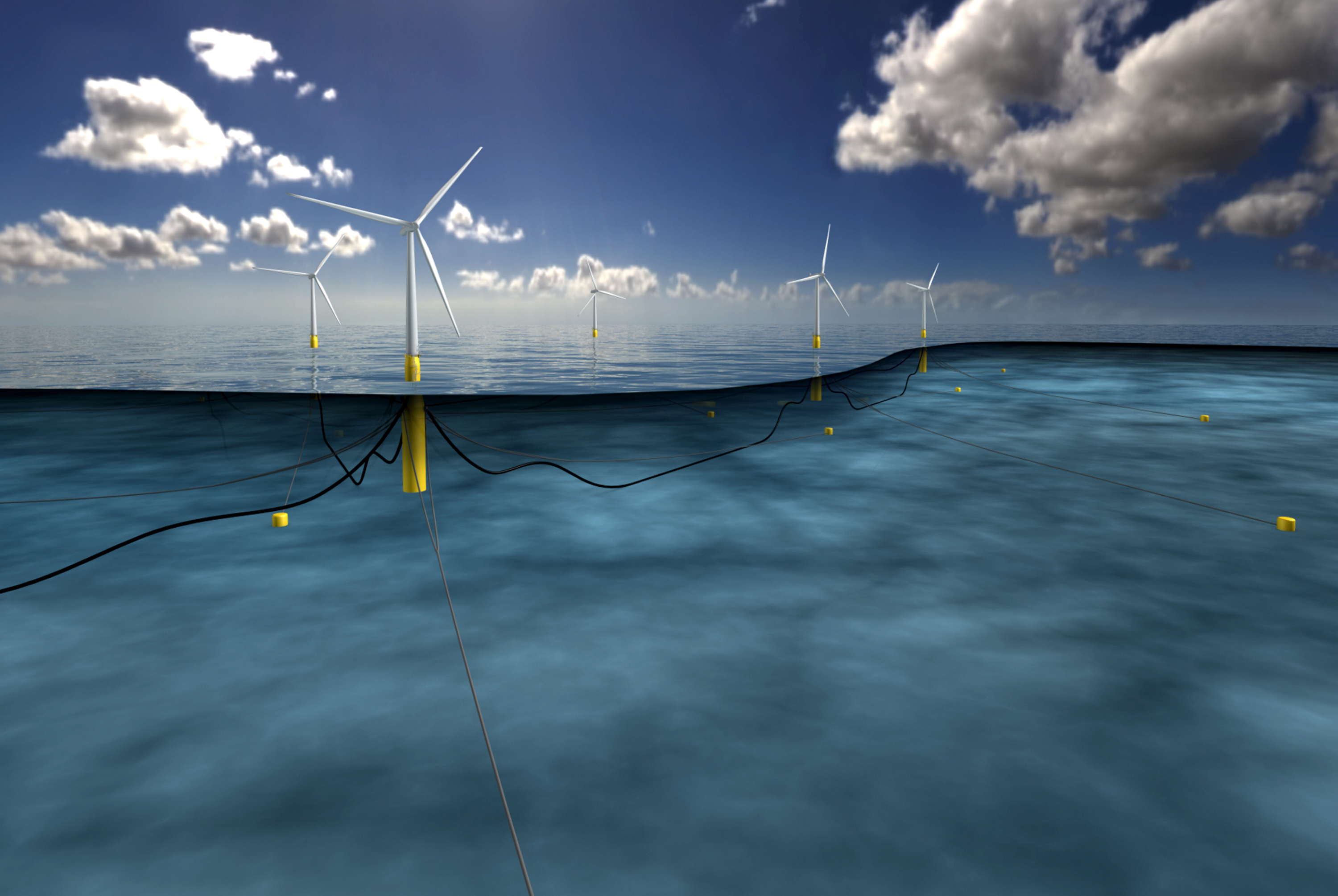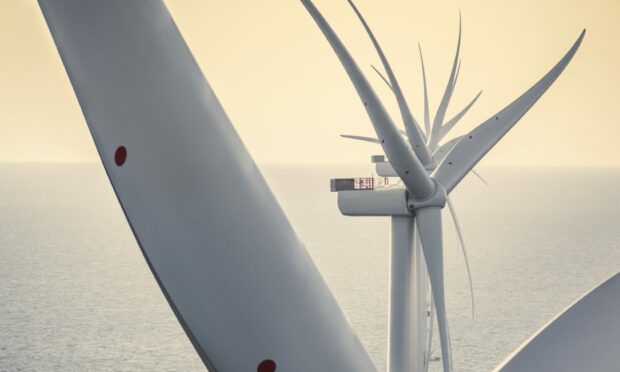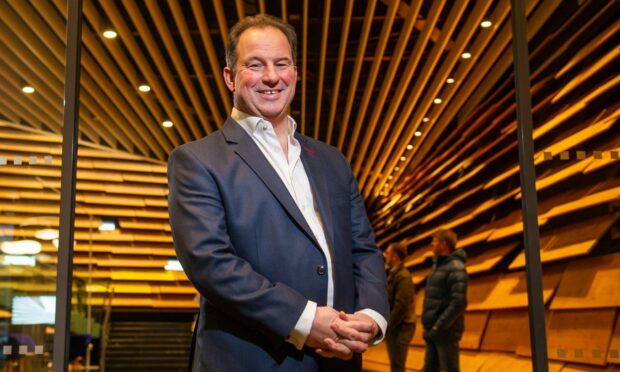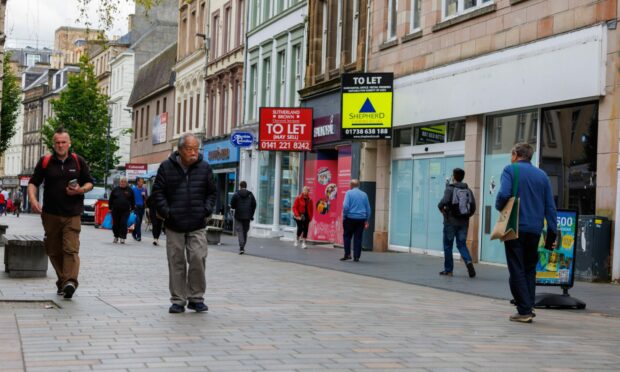A floating wind farm to be located off the north-east of Scotland is a step closer to being constructed.
The Crown Estate has granted a lease to Statoil for Hywind at Buchan Deep in the North Sea 25 kilometres from Peterhead, enabling construction to commence.
The project – set to be the world’s largest floating wind farm – consists of five 6MW turbines which will be deployed in deeper water than any previous offshore wind turbines around the coast of the UK.
Rather than using fixed foundations on or in the seabed to support the wind turbines, the Hywind project consists of a floating steel tube filled with ballast, which is fastened to the seabed.
The project builds on the success of the first phase that involved the construction and operation of the world’s first full-scale floating wind turbine off the Norwegian Coast in 2009.
Pledges were made to manage the seabed to ensure it is sustainably developed to deliver best value over the long-term.
The project secured consent from Marine Scotland last October and Statoil has taken the final investment decision to construct the project.
Preliminary on-shore and near-shore works will commence later this year with deployment of the turbines due to begin in 2017. The first power is scheduled to be generated towards the end of that year.
Ronnie Quinn, general manager of The Crown Estate’s Scotland Portfolio said: “We have been working closely with Statoil, Scottish Government and other partners to help bring forward this innovative project which helps consolidate the position of Scotland and the UK as a global leader in the offshore renewables sector.
“Hywind is the first of its kind in the world. Its successful operation will demonstrate the viability of floating wind in deep water locations and bring forward cost reduction techniques that will move the whole sector forward.”
He added: “By working to share best practice and deploying our expertise in seabed leasing, we’ve been able to support the development of emerging technologies, from floating wind to tidal current energy, placing Scotland in a very strong position to secure global investment in low carbon energy.”
Leif Delp, project director for the Hywind Scotland project said: “We are very pleased to develop this project in Scotland, in a region with a huge wind resource and an experienced supply chain from oil and gas.
“Through the hard work of industry and supportive government policies, the UK and Scotland is taking a position at the forefront of developing offshore wind as a competitive new energy source.”
Lindsay Roberts, Senior Policy Manager at Scottish Renewables, said: “The granting of Hywind’s lease marks an important milestone for the project.
“Floating offshore wind is an exciting technology with huge, global potential, and it’s great to have this world first in Scottish waters.”










